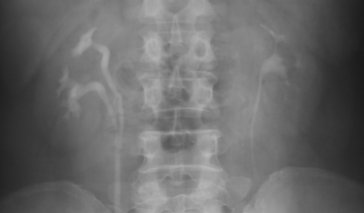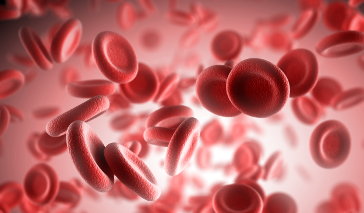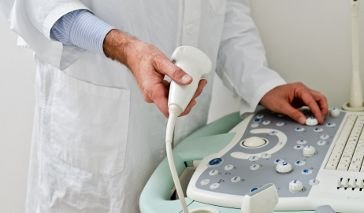- Home
- >
- Articles
- >
- Procedures
- >
- Tests
Tests
Intravenous Pyelography uses a combination of X-rays and contrast dye to create images of the kidneys, ureters, and bladder. Although CT have largely replaced IVP, urologists may order this procedure if they want a more detailed image of the kidneys and ureters. Continue Reading
Intravenous Pyelography uses a combination of X-rays and contrast dye to create images of the kidneys, ureters, and bladder. Although CT have largely replaced IVP, urologists may order this procedure if they want a more detailed image of the kidneys and ureters. Continue Reading
A urinalysis is a test that examines urine by physical, chemical or microscopic methods. It's also referred to as a urine test, urine analysis or simply a UA. It can be used to diagnose and monitor a multitude of presenting conditions, and can detect early signs of disease, including those that affe ... Continue Reading
A urinalysis is a test that examines urine by physical, chemical or microscopic methods. It's also referred to as a urine test, urine analysis or simply a UA. It can be used to diagnose and monitor a multitude of presenting conditions, and can detect early signs of disease, ... Continue Reading
These medical imaging techniques take advantage of contrast dye to visualize parts of the body that are otherwise impossible to see. Continue Reading
These medical imaging techniques take advantage of contrast dye to visualize parts of the body that are otherwise impossible to see. Continue Reading
A computed tomography (CT) scan and magnetic resonance imaging (MRI) are technologies that use forms of energy to generate images of the body's internal structures and organs. Continue Reading
A computed tomography (CT) scan and magnetic resonance imaging (MRI) are technologies that use forms of energy to generate images of the body's internal structures and organs. Continue Reading
Urine cytology is a diagnostic test that takes cells from a urine sample and examines them under a microscope for signs of disease. It's most often used to diagnose certain types of cancer, but can occasionally detect certain viruses, too. Continue Reading
Urine cytology is a diagnostic test that takes cells from a urine sample and examines them under a microscope for signs of disease. It's most often used to diagnose certain types of cancer, but can occasionally detect certain viruses, too. Continue Reading
A PSA test measures the level of prostate-specific antigen (PSA) found in a blood sample. Elevated PSA levels can indicate prostate cancer; however, there are conflicting opinions on what levels should be considered "normal," so a conversation with your doctor regarding testing is recommended. Continue Reading
A PSA test measures the level of prostate-specific antigen (PSA) found in a blood sample. Elevated PSA levels can indicate prostate cancer; however, there are conflicting opinions on what levels should be considered "normal," so a conversation with your doctor regarding test Continue Reading
Ultrasound is a diagnostic tool that uses sound waves to build images that can help physicians detect physical abnormalities and disease. Different sized probes provide for a wide range of uses in urology and other disciplines. Continue Reading
Ultrasound is a diagnostic tool that uses sound waves to build images that can help physicians detect physical abnormalities and disease. Different sized probes provide for a wide range of uses in urology and other disciplines. Continue Reading
Numerous imaging studies, performed in real time as urine moves through the urinary tract, can help urologists diagnose a range of issues, from vericoureteral reflux and urinary system blockages to the cause of frequent urinary tract infections. Continue Reading
Numerous imaging studies, performed in real time as urine moves through the urinary tract, can help urologists diagnose a range of issues, from vericoureteral reflux and urinary system blockages to the cause of frequent urinary tract infections. Continue Reading
X-rays are used to create images of tissues, organs, and bones and can be used to diagnose a variety of conditions. In urology, they're used for diagnosing blockages, assessing bladder function, identifying an enlarged prostate, and more. Continue Reading
X-rays are used to create images of tissues, organs, and bones and can be used to diagnose a variety of conditions. In urology, they're used for diagnosing blockages, assessing bladder function, identifying an enlarged prostate, and more. Continue Reading










